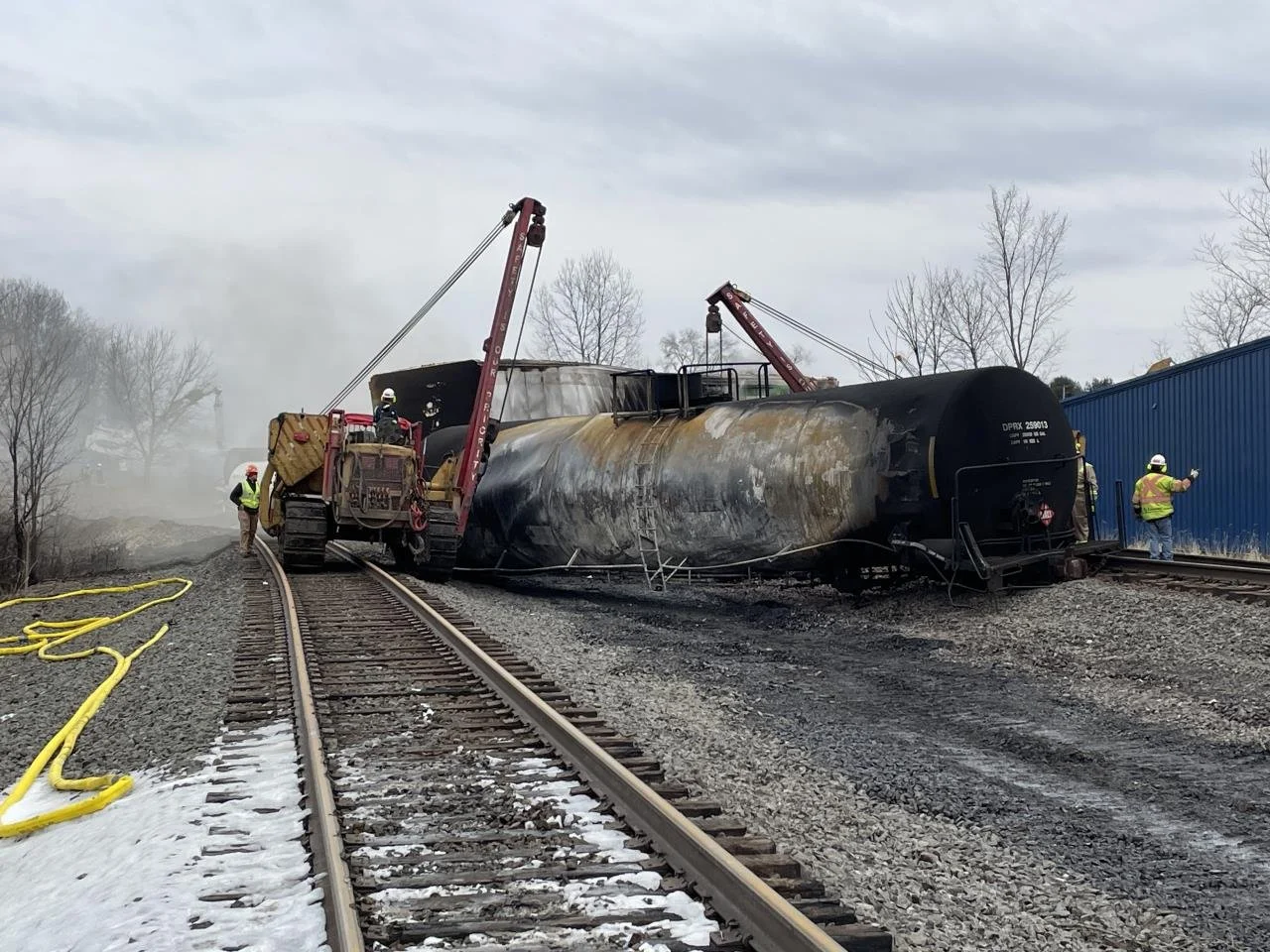Ohio is in the national news again, this time around a tragedy that sits at the crossroads of transportation, environmental policy, and public health. The high-profile train derailment at East Palestine, Ohio started as a shocking evacuation. It has since grown into an international story about the impacts of the derailment on the environment and the health of people near and far from the disaster.
In the wake of this event, policymakers have been asking for answers. Much of the public policy focus has zeroed in on a rule-making saga that has played out over the past few years at the federal level.
A couple of high-profile derailments in 2013 and 2014 led the Obama administration to issue a rule requiring electronic brakes for high-hazard, flammable trains in 2015. Three years later, the Trump administration repealed the rule.
Some believe this rule could have prevented the East Palestine derailment. Steven Ditmeyer, a former senior official at the Federal Railroad Administration, said “applying the [electronic] brakes would have stopped everything very quickly.”
So is that it: open and shut case, just need to require electronic braking systems, dust our hands off and go home?
Let’s not move so fast. What is really causing severe derailments in the United States? And is there something we can do about it?
The former question was asked by a researcher at the Department of Civil and Environmental Engineering at Rutgers and a team of international engineers analyzing train derailments in the U.S. The engineers analyzed over 20 years of freight derailment data in the United States to determine what was driving freight derailments across the country.
Let’s use these results to identify the root causes of train derailment. Four of the top ten causes for freight train derailment these engineers found were track-related factors. These included wide gauges, buckled tracks, track geometry, and most importantly broken rails or welds.
Broken rails and welds led to not only the most severe derailments, but also was by far the most frequent cause of derailment. All in all, track-related factors made up three of the four factors that led to the most severe derailments.
Only two of these top ten factors were related to rolling stock (the trains and cars themselves). These two factors were broken wheels, which were less common but led to more severe derailments, and bearing failure, which were more common but led to less severe derailments. Braking failure was notably absent from this top ten list.
While better brakes could have some impact on train derailments, if we can learn anything from history, it is that train derailments are most often directly caused by the most obvious factors: shoddy tracks and dilapidated trains.
Investment in fixing broken rails and welds, buckled tracks, track geometry, and wide gauges could be an effective approach to reducing freight train derailments. This could be done through grants, loans, regulation, or a combination of the three.
Other areas of improvement are in ensuring cars are tip-top by maintaining wheels and bearings and making sure tracks are free of obstruction. These approaches could also be achieved through grants, loans, and regulation.
These strategies for reducing train derailment are not as sexy as electronic braking, but could be just as effective. Policymakers should use this as an opportunity to let the evidence guide better policy and prevent future disasters from occurring.
This commentary first appeared in the Ohio Capital Journal.


